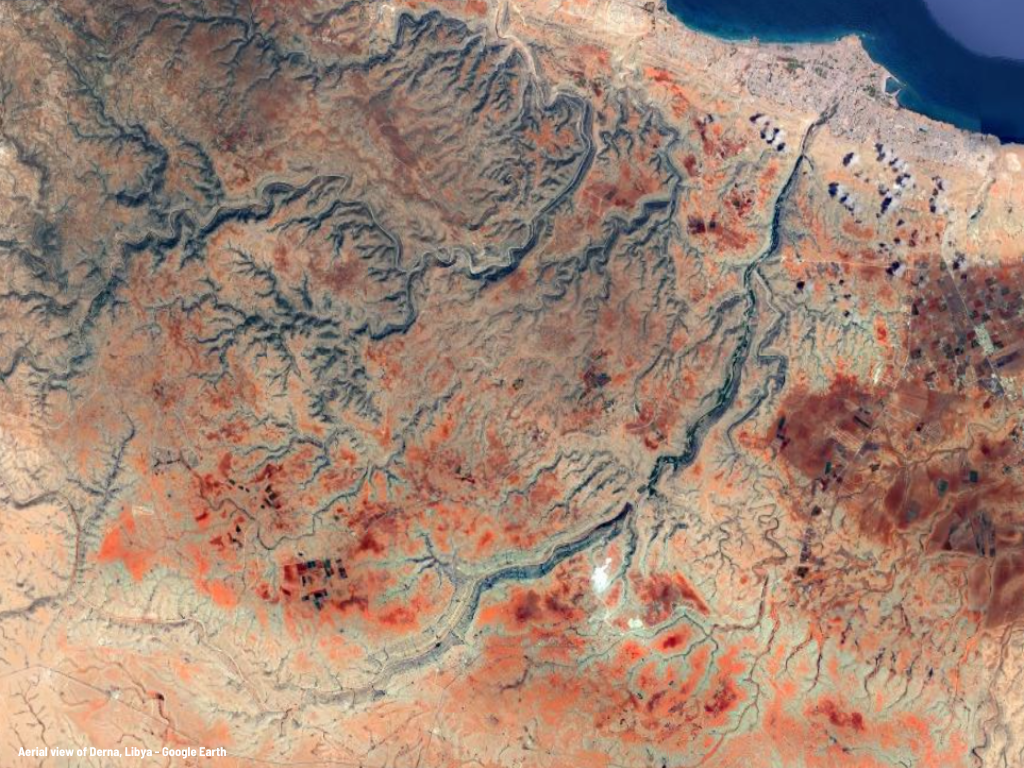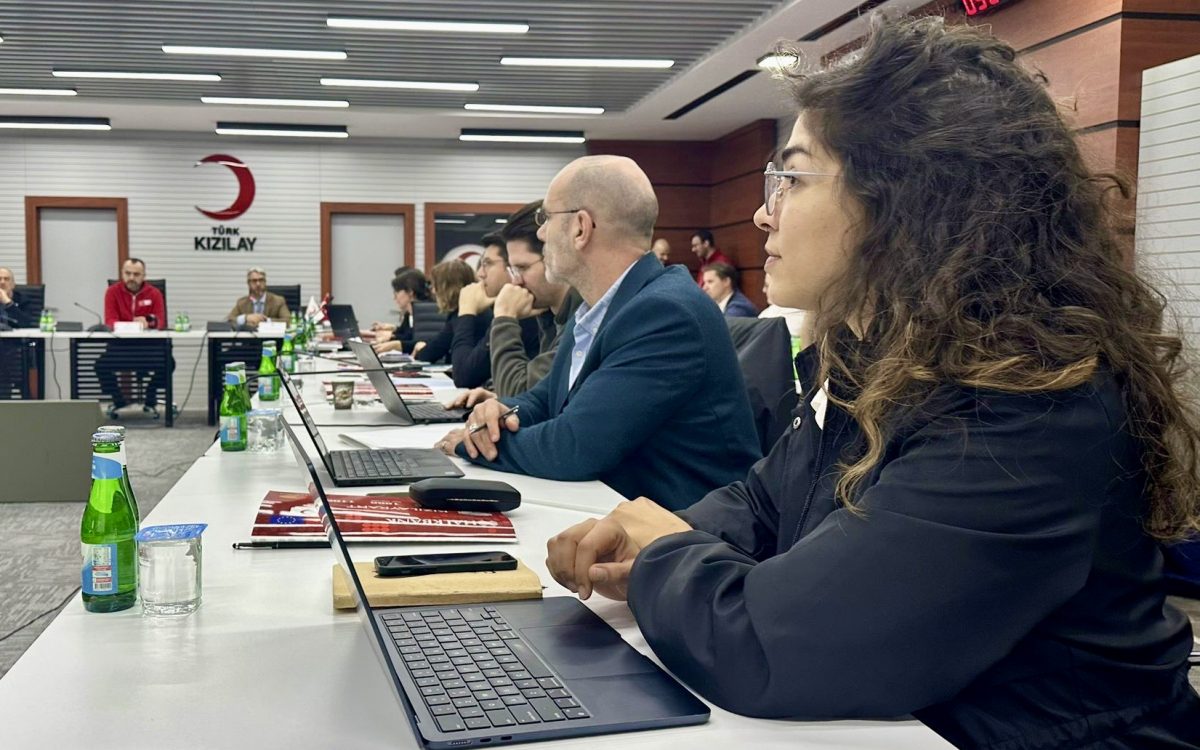In the aftermath of the destructive floods that hit northeastern Libya in September, one of our dedicated Global Surge team members, Nour Khalil, deployed as part of the UN Disaster Assessment and Coordination (UNDAC) team to aid in the relief efforts.
Stories from iMMAP deployees: Supporting UNDAC efforts after Libya floods
A few days after the deadly floods in northeastern Libya, Global Surge’s Nour Khalil deployed to the UN Disaster Assessment and Coordination (UNDAC) team to support assessing the pressing needs in this massive disaster.

On September 10 and 11, as Storm Daniel hit Libya's Mediterranean coast, two dams upstream of Derna succumbed to torrential rains, resulting in widespread devastation. While Derna suffered the most, other coastal cities also faced significant damage. The catastrophe left a shocking trail of destruction, with 8,540 people still missing and 4,255 confirmed dead as of September 27, 2023, according to the World Health Organization.
Four days after the dam broke, Nour joined the UNDAC team as an Information Management Officer, first stationed in Cairo, Egypt and then remotely in Lebanon. She played a pivotal role in activities like 3Ws, Multi-Thematic Rapid Needs Assessment (MTRNA), and crafting informative infographics, all focused on assessing the urgent needs of Libya's affected populations in the wake of this monumental disaster. Following her deployment, that concluded on October 3rd, Nour shared her insights into this multifaceted crisis.
The floods resulted in widespread destruction and displacement, compounding an already dire humanitarian situation. Satellite images swiftly identified the most affected regions, with confirmation from on-ground personnel. The greatest damage was reported in the baladiyat of Derna, Albayda, Shahat-Sousa, Um Arrezam, and Labrik. The United Nations Office for the Coordination of Humanitarian Affairs (OCHA) estimates that approximately 884,000 people in five provinces have been directly affected by the storm and flash floods, impacting them to varying degrees.
At the start of our deployment, the UNDAC team mobilized experts to respond to the crisis, including some members who had previously been engaged in the Morocco Earthquake response – as the Morocco response was winding down. Nevertheless, the main challenge we faced was the overall lack of access to affected areas.
After the initial search and rescue phase, the top priorities were shelter, health and WASH as highlighted by a joint Inter Agency rapid needs assessment (conducted between September 19 and 26, 2023). Providing safe, gender-segregated shelters, and options for families was a critical concern. For health, there was a demand for items to restore health facilities for pregnant women and children and for body bags. Linked to WASH were the necessities for safe latrines and segregated bathrooms.
In this crisis, satellite images played a crucial role in assessing damage and inaccessible areas. Organizations like the United Nations Satellite Centre (UNOSAT) were essential to overcome access limitations. Streamlining both on-ground and remote efforts, through coordination meetings with organizations like the International Organization for Migration (IOM) and search and rescue teams, provided a comprehensive view of the situation. An additional complexity was monitoring a dam near full capacity, adding a unique challenge to the operation.

In a country experiencing a protracted crisis, conveying the urgency to partners on the ground was challenging. The situation had become routine for many, and most responders were working remotely. We emphasized the need for swift, practical solutions and prioritized speed over perfection to gain a rapid understanding of the crisis and its implications.
While information sharing is challenging in this complex emergency, humanitarians have managed to gather a relatively detailed overview of people's needs and essential activities, providing support directly or indirectly through partners on the ground. However, it remains a sensitive and challenging environment for information exchange, especially with the general public. Understanding these complexities is crucial.
iMMAP Inc. is a proud operational partner of UNDAC to address the most pressing natural disasters worldwide. In 2023, we've been involved in three critical emergency responses (including this one):

